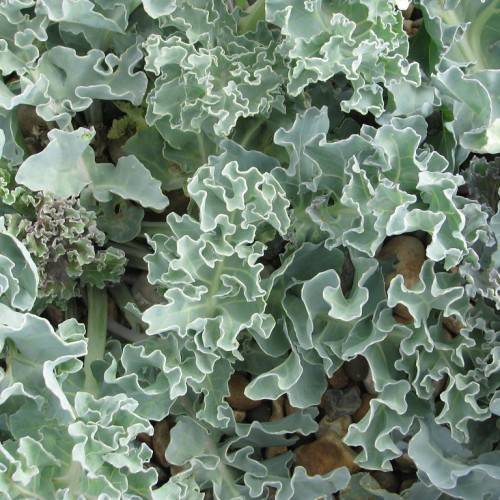
sea kale
Crambe maritima
Cycle:
Herbaceous Perennial
Watering:
Frequent
Hardiness Zone:
5 - 9
Flowers:
Flowers
Sun:
full sun,part shade
Leaf:
Yes
Growth Rate:
Low
Maintenance:
Moderate
Salt Tolerant:
Yes
Care Level:
Medium
watering
Sea kale should be watered twice every week, allowing the soil to dry out slightly between waterings. Sea kale prefers moist but well-draining soil, and should not be given too much water, as it may cause root rot. A good guideline is to provide about 5-6 cups of water per plant every time you water. Make sure to water at the base of the plant, avoiding the leaves and crown.
sunlight
Sea kale needs full sun for at least 6-8 hours per day to thrive. When growing in cooler areas local microclimates may be more suited to provide the adequate sunlight exposure. In these areas sea kale will do best in a spot where it gets morning sun and afternoon shade. Partial shade may be tolerated, but will result in a much smaller yield.
pruning
Sea kale should be pruned twice annually, once at the end of winter and once at the end of the growing season. Pruning in late winter (February/March) should focus on cutting out any dead or diseased wood and reducing the overall size of the plant. Pruning during the end of the growing season (August/September) should focus on removing any large, long stems that are no longer producing new growth effectively and light tidying up of the shrub. Remember to leave at least 1-2 inches below the base of the current season's growth to ensure that it grows back vigorously the following year.
